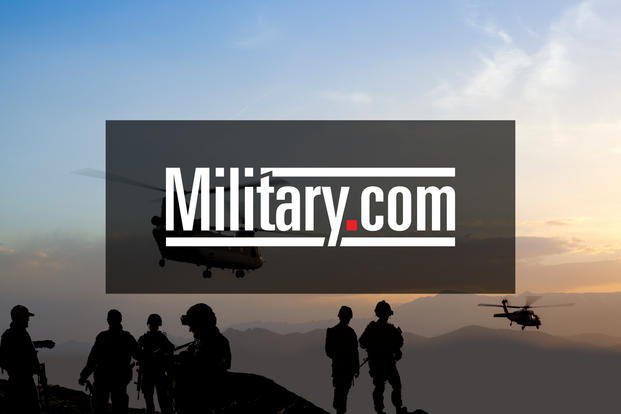Afghan troops will begin relying on makeshift solutions for their lack of medical evacuation and fire support when they assume the lead responsibility for security nationwide in March, the deputy commander of U.S. forces said Wednesday.
“My caution to all is that we should not view these solutions through Western eyes and assess them too critically,” said Army Lt. Gen. James Terry, commander of the International Security Assistance Force’s Joint Command and deputy commander of U.S. Forces-Afghanistan.
The Afghans now have the lead in more than 80 percent of the provinces and will take full control in March, Terry said.
“What we are now seeing as Afghans move in the lead can and will work,” Terry said at a Pentagon news briefing. “We must remain patient in support of our partners.”
Terry said the U.S. was assisting the Afghans in working out a system of ground evacuation of casualties to make up for the helicopter medevacs that they will lose as U.S. troops continue their drawdown. Clinics, aid stations, and hospitals were being identified along with the fastest routes to get to them, Terry said.
“They're starting to partner with the minister of Public Health and find the hospitals and the clinics, and then actually through mutual agreements, as they evacuate their casualties back by ground, use those clinics and hospitals that are out there,” Terry said.
The Afghans also lack the attack aircraft and helicopter gunships to support units that come under fire, Terry said.
“What we must do, then, is bring the surface fire capability to fruition and that’s the indirect fire, observed indirect fire,” Terry said.
U.S. troops were training and assisting the Afghans in the use of the Cold War-vintage, Russian-made D-30 howitzer, a 122mm weapon, and 60mm mortars.
In his generally upbeat assessment of the progress of the war, Terry warned that U.S. troops faced a continuing threat even as they focused on withdrawal and Afghan forces took the lead.
“That doesn’t mean we won’t be going out on patrol with them,” Terry said.
In their support roles, U.S. troops “will still be conducting operations in combat conditions beside our Afghan partners,” Terry said. “The mission will be to train, advise and assist, but again, it will still be in combat conditions.”
Terry declined to speculate on the pace of the withdrawal of the 66,000 U.S. troops now in Afghanistan by the end of 2014, as ordered by President Obama.
“I would tell you that the president's stated in the coming months here he's going to make some announcements about the next phase of the drawdown that's out there,” Terry said, but “it would be inappropriate for me to even speculate.”




























